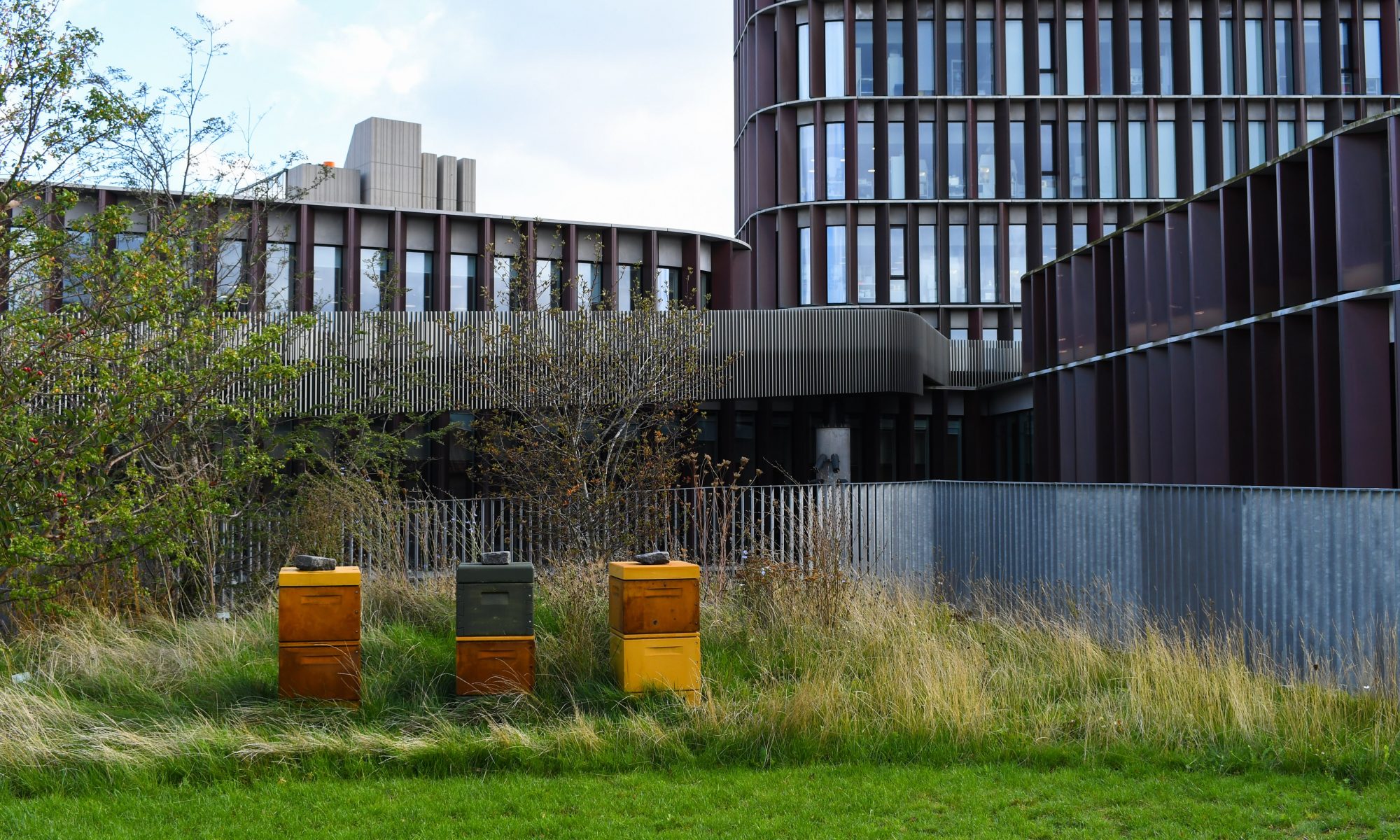The City of Seattle’s public waterfront will experience a dramatic transformation in the next several years as the city invests in creating a “new waterfront for all.” In response to this exciting prospect, our twenty-four graduate students in landscape architecture, planning, and architecture tackled the portion of the waterfront that stretches between Waterfront Park and Pier 62/63, and extends from the Aquarium at the water’s edge uphill to the Pike Place Market. With the imminent removal of the Alaskan Way Viaduct and replacement of the aging Elliot Bay Seawall, Seattle has the extraordinary opportunity to reconnect the city to the bay, restore ecological systems for Puget Sound, and create lively public waterfront space. With these goals in mind, the studio focused on envisioning an active, vibrant and multi-dimensional public realm that serves a multicultural, intergenerational population and reclaims the waterfront as an ecological space, both aquatic and terrestrial. Applying their unique skillsets, students worked in interdisciplinary teams to create conceptual plans for the district. Within these teams, students then each designed a piece of the site in detail and worked together to weave a complete and compelling overall team proposal.
Through the generous sponsorship of the Scan|Design Foundation, our students were able to experience contemporary waterfronts and sustainable urban design in Denmark and Sweden, and then apply lessons and inspiration to their Waterfront design work in Seattle. During the two-week September tour in Copenhagen, students had the opportunity to study with the internationally renowned Danish firm Gehl Architects and practice their methods for assessing and creating quality public space. As a class we walked both Copenhagen and Malmo’s public spaces, sketching their design qualities and analyzing how they performed. The group bicycled around these exemplary cities to experience their renewed neighborhoods, innovative architecture, and repurposed waterfronts. The staff at Gehl Architects, Copenhagen’s bicycle planners, Malmo’s Western Harbor designers, COBE Architects and others were our guides and provided insight into the cities’ historical development and contemporary planning issues, elucidating design approaches to successful projects, and sharing personal perspectives. Back in the studio in Seattle, students applied the lessons learned to our waterfront project, aided by the expert guidance of Bianca Hermansen of Gehl Architects, who travelled to Seattle on two separate occasions to assist in teaching. In addition, professionals and stakeholders working on various aspects of the Central Waterfront shared critical information, and many design and planning practitioners came to both the mid-review and the final review. Their help and insight were an invaluable contribution to the studio experience.
We have many people to thank for this remarkable opportunity in teaching and learning. Without the support of the Scan|Design Foundation, we could not have applied the rich set of images and experiences from Scandinavia or so deeply integrated Gehl’s approach into our design work. We are sincerely grateful for Bianca Hermansen’s generous, clear, and insightful teaching and critique, and to her, Louise, Lars, and Rasmus at Gehl Architects for the fantastic lectures and tours in Copenhagen. Marshall Foster both lectured and led us through the Seattle Central Waterfront and gave as an appreciation and understanding of the site from the City’s perspective. David Graves from Seattle Parks assisted with the tour and was our prime facilitator in mounting our “Playing on the Pier” temporary interactive exhibit on Pier 62/63. Architect Paul Olson co-led the Copenhagen tour, inspiring the students’ sketching and deepening their understanding of the built environment, and he provided invaluable guidance in the form of desk critiques and reviews throughout the quarter. And finally, we couldn’t have done it without our able and talented teaching assistant, Britt Bandel Jeske, who has kept us organized for months, provided so much assistance from running errands, to budgets to graphics, and, in tandem with students, compiled our final studio publication.
We thank you all, and hope that this work will make a difference not only in the education of our diverse and enthusiastic students, but also will suggest exciting, thought-provoking and ecological designs for a new, vibrant public waterfront.
